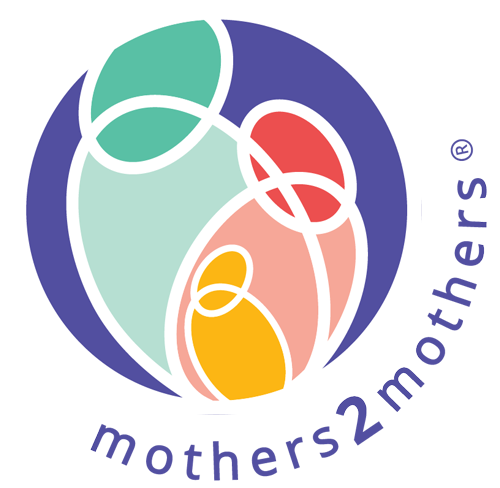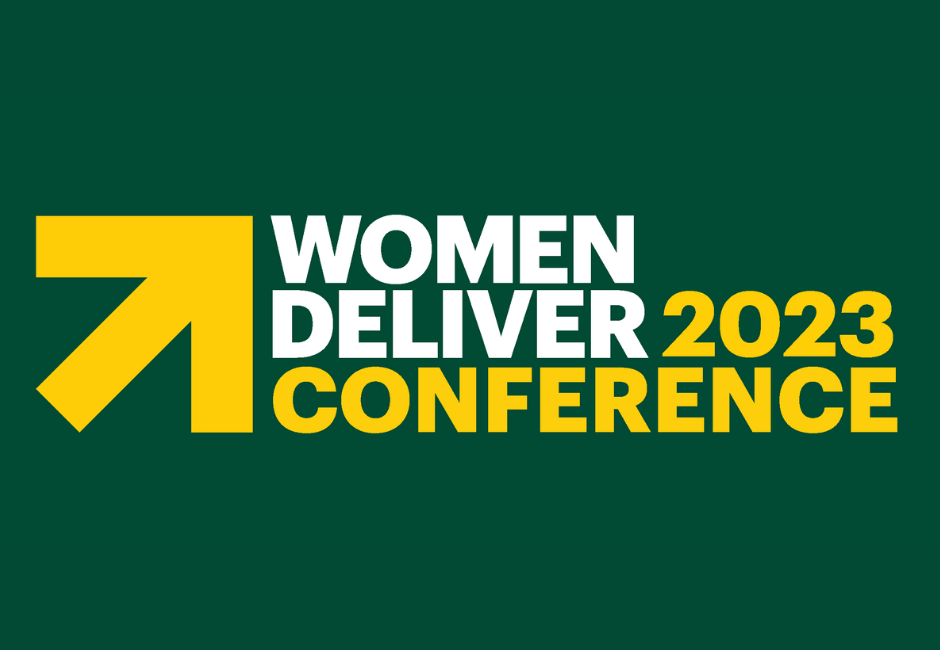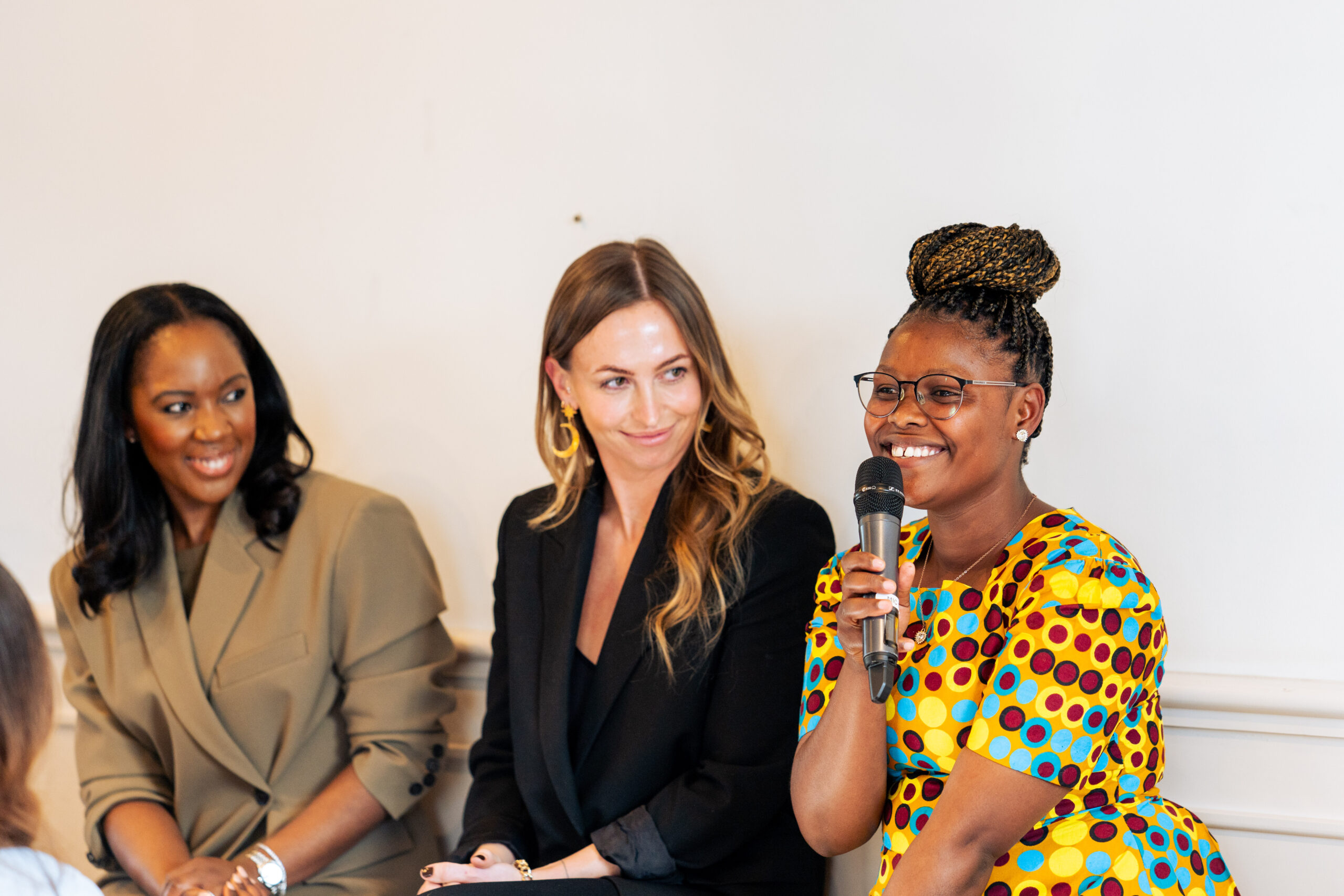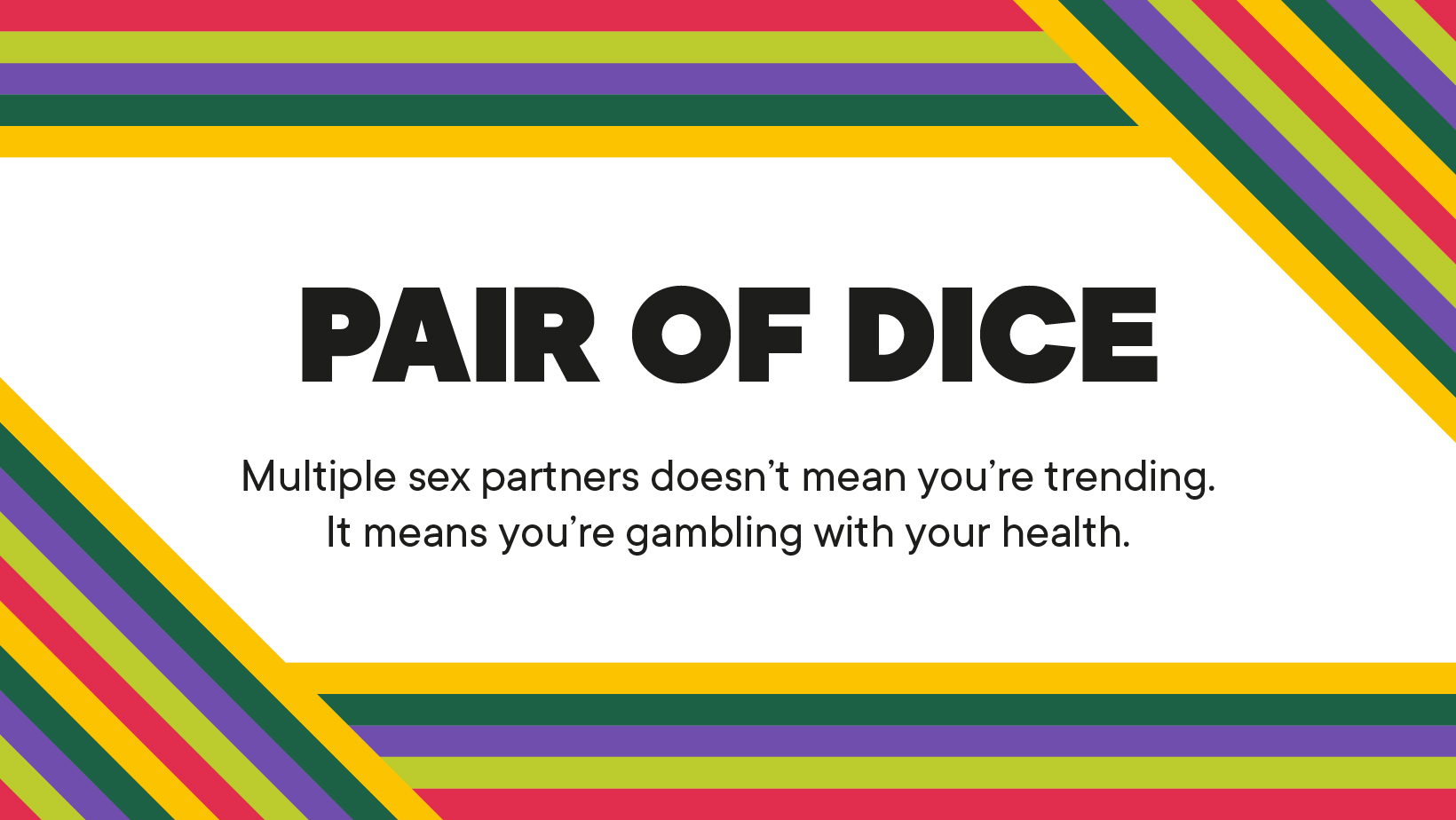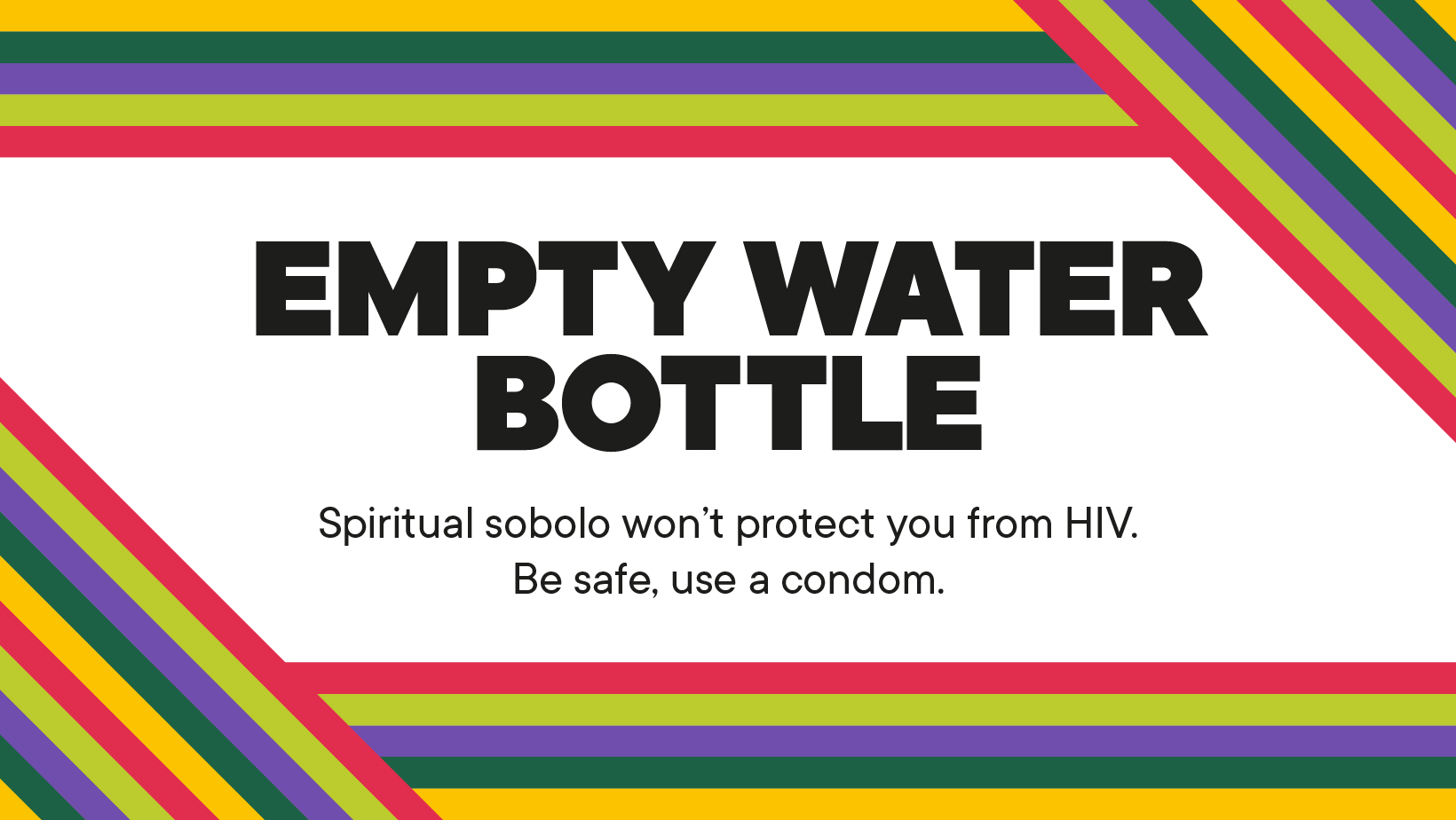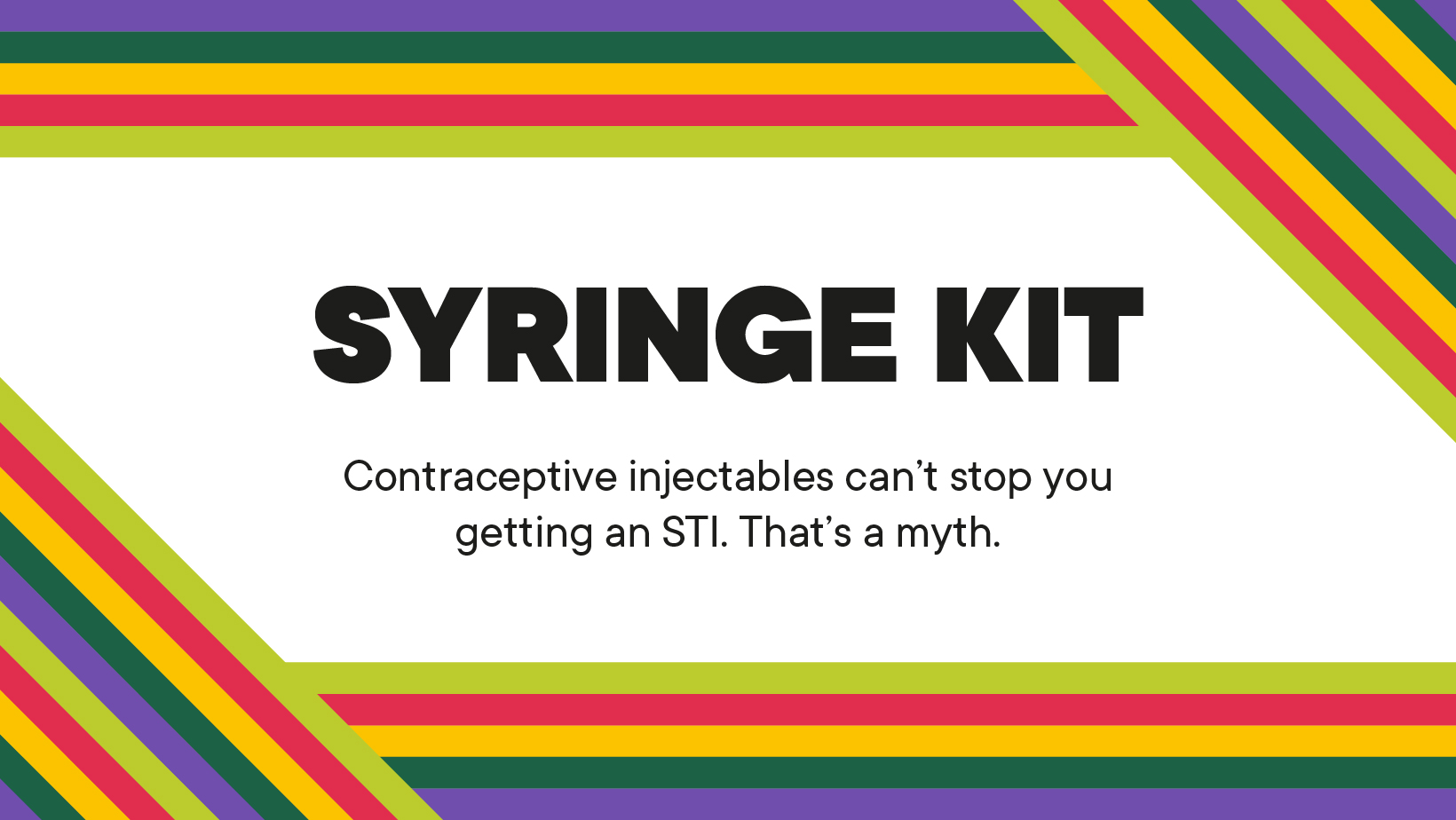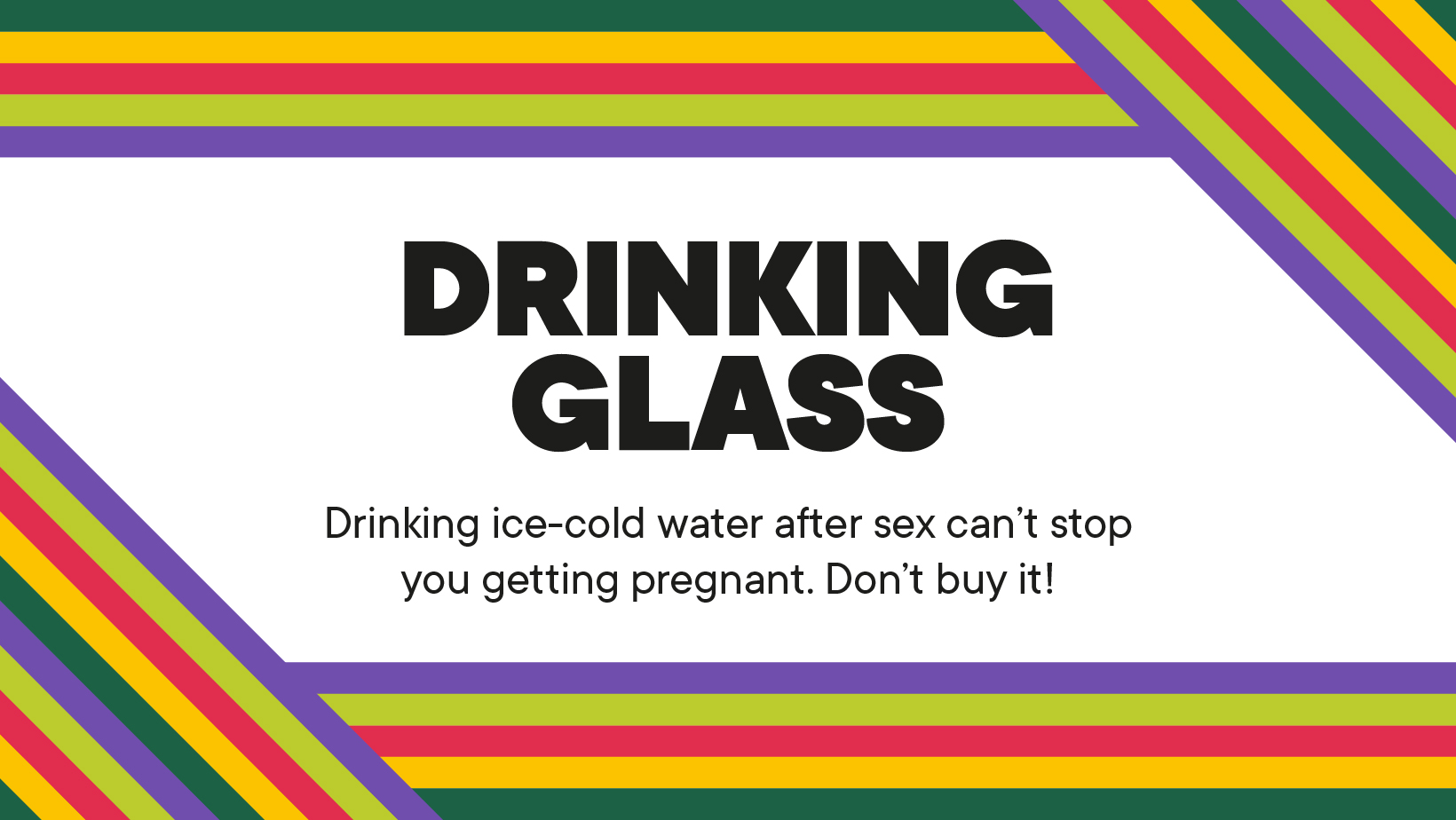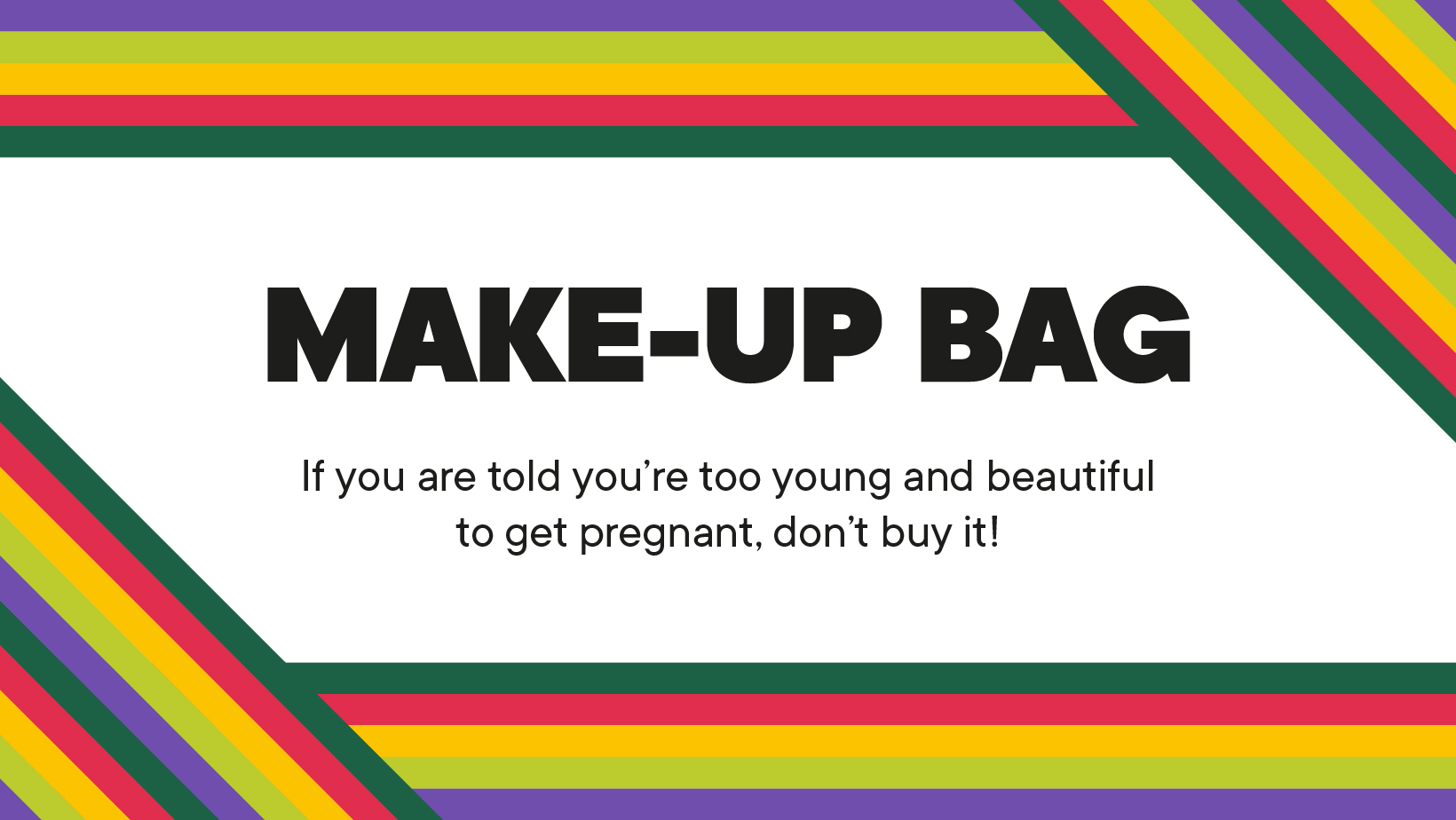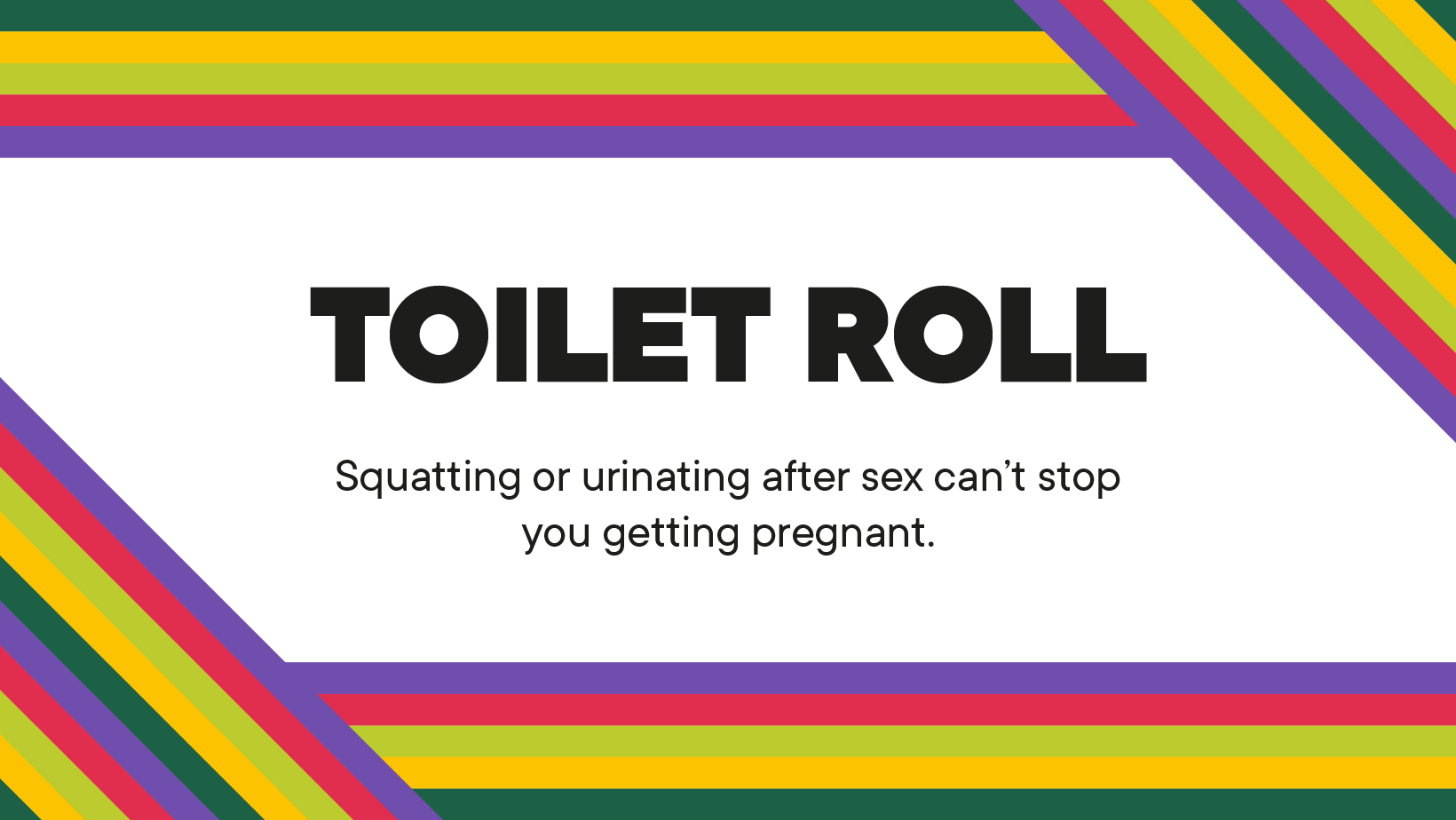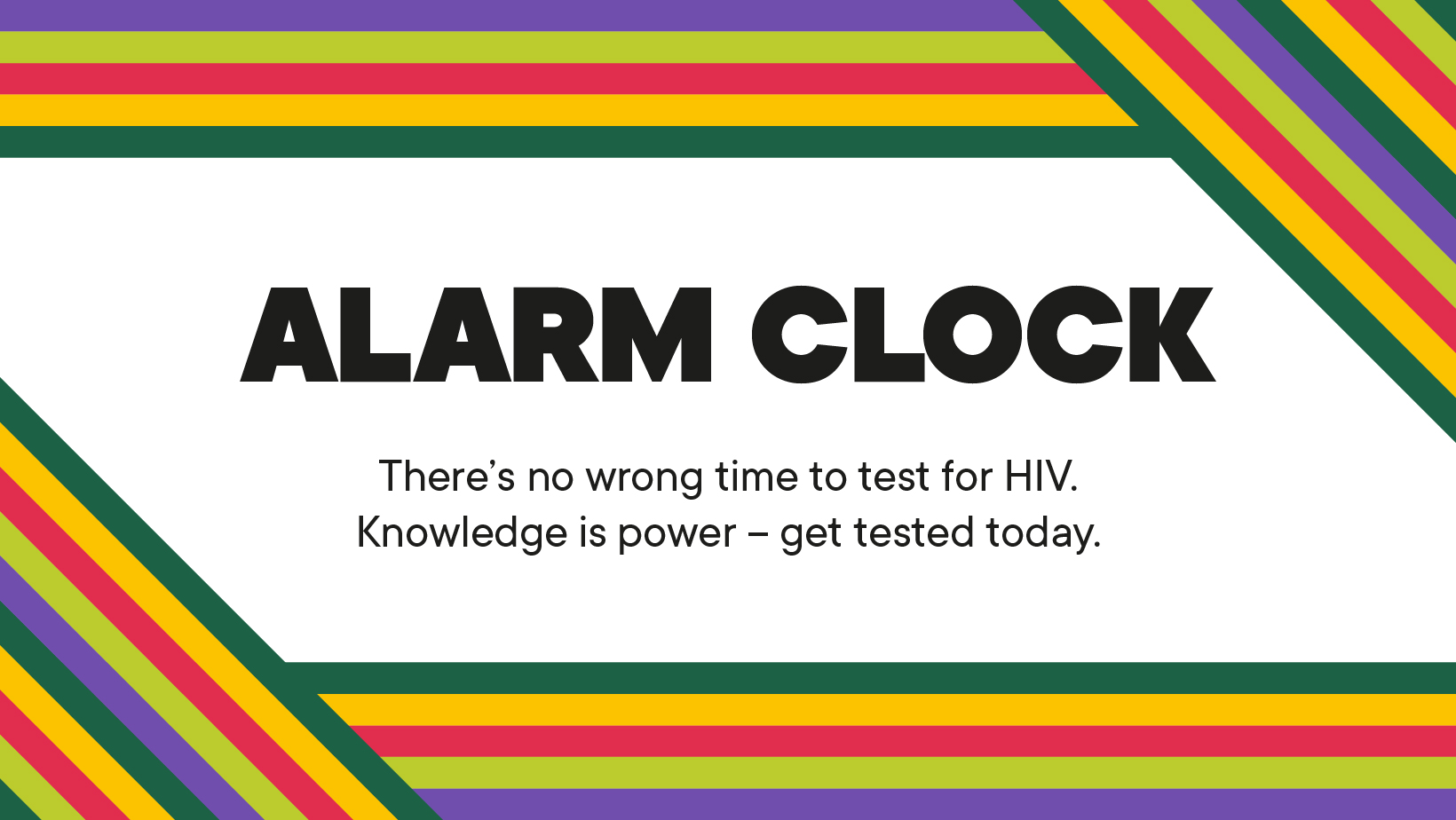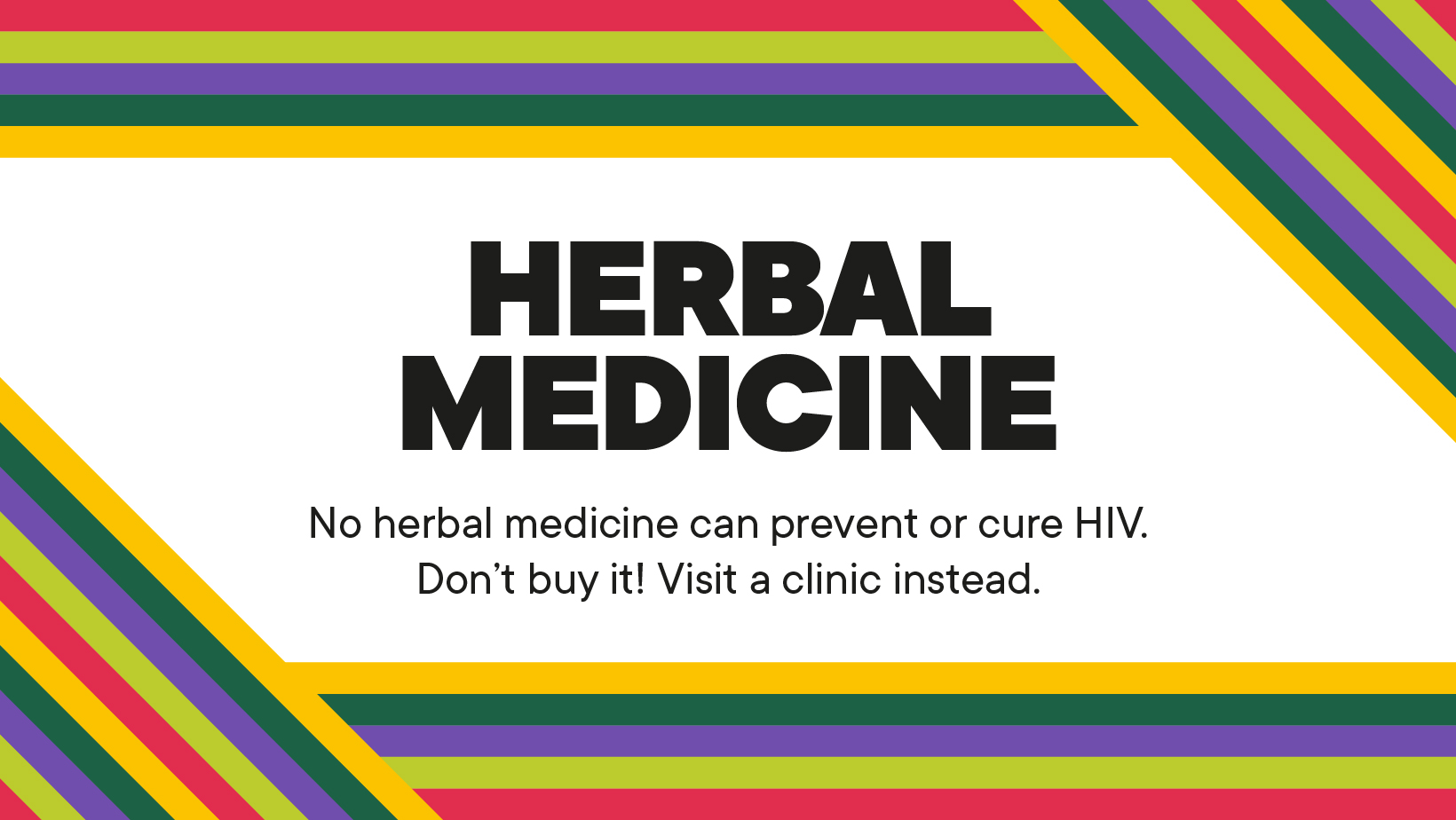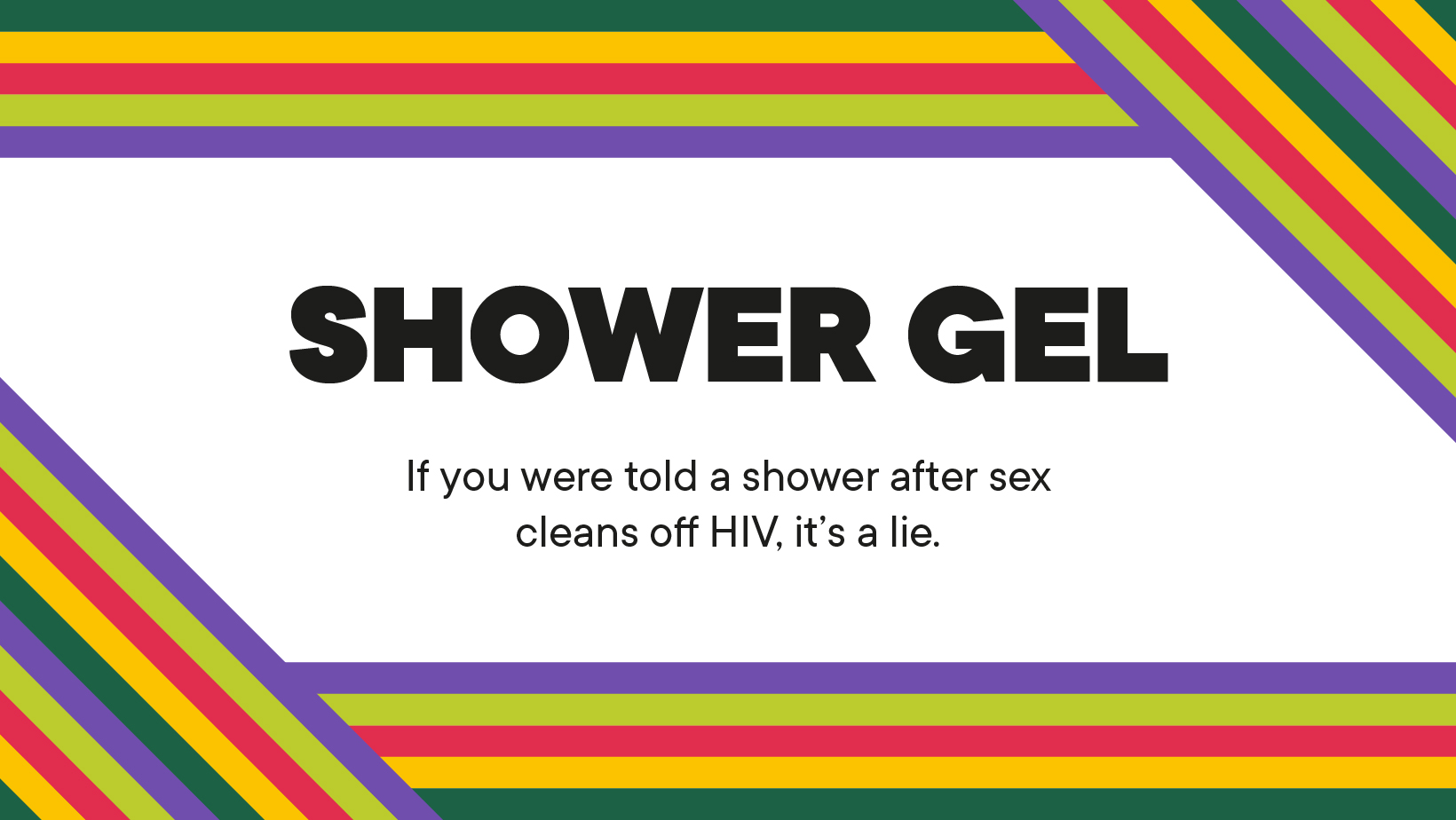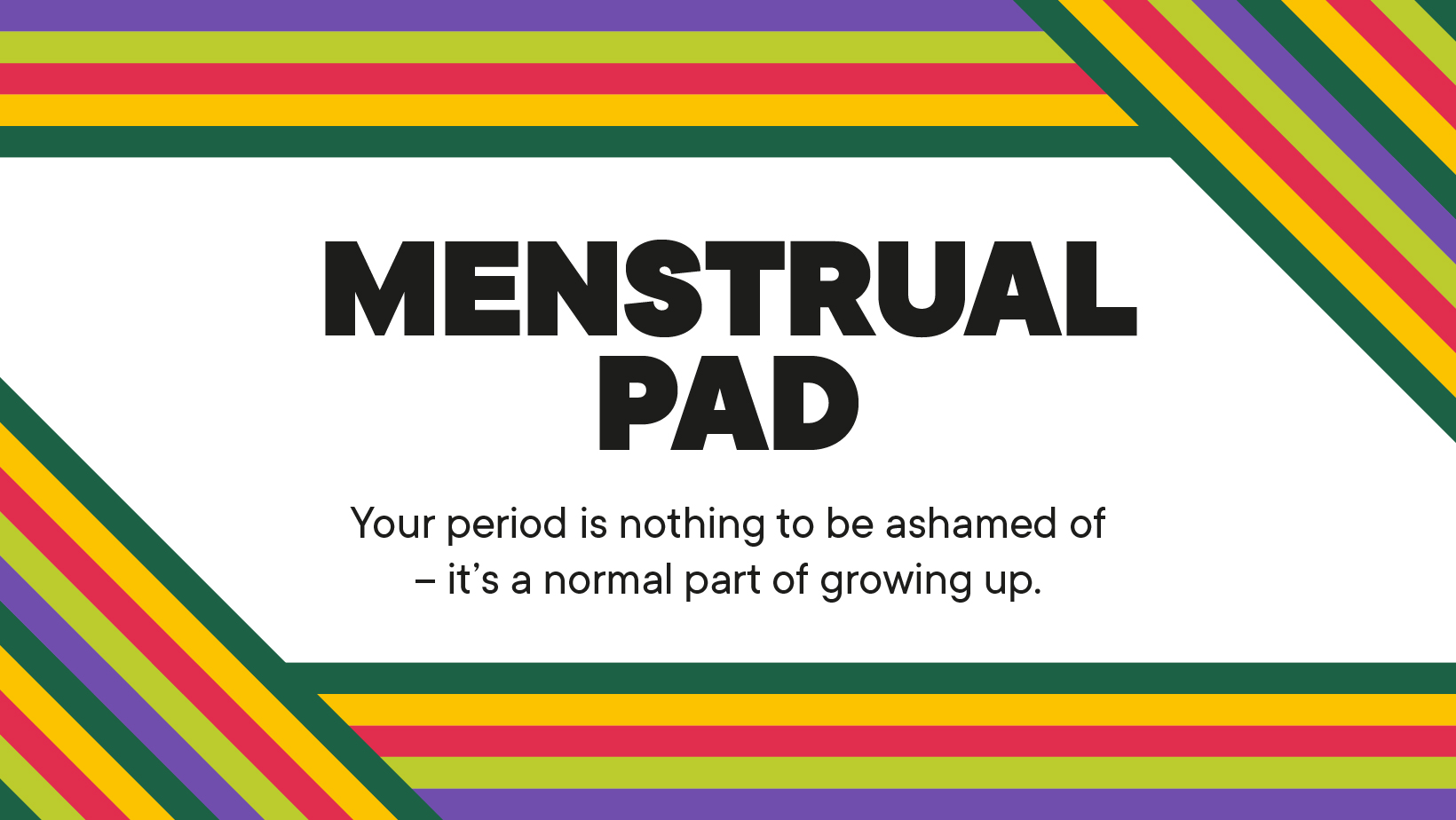“A Wake-Up Call”: m2m’s Response to UNAIDS 2020 Report and Data
Progress is too slow and unequal. Children and adolescent girls are being left behind. And COVID-19 threatens to set the HIV/AIDS response back by more than a decade. These are just three of the sobering takeaways from UNAIDS Global AIDS 2020 Update, released on 6 July, at the start of the AIDS2020 virtual conference.
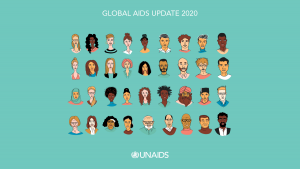 In the report, titled Seizing the Moment: Tackling Entrenched Inequalities to End Epidemics, UNAIDS warns that that the 2020 HIV treatment Targets—which are essential to meet the global goal of ending AIDS by 2030—will not be met. While significant progress has been made in tackling HIV/AIDS, this success has been “highly unequal,” with many countries and populations being left behind in the response.
In the report, titled Seizing the Moment: Tackling Entrenched Inequalities to End Epidemics, UNAIDS warns that that the 2020 HIV treatment Targets—which are essential to meet the global goal of ending AIDS by 2030—will not be met. While significant progress has been made in tackling HIV/AIDS, this success has been “highly unequal,” with many countries and populations being left behind in the response.
Commenting on the report, mothers2mothers (m2m) President and CEO Frank Beadle de Palomo said: “The 2020 UNAIDS Global AIDS update must serve as a sobering wake-up call. We cannot allow the inequalities the report highlights to continue. And, with COVID-19 significantly diverting already scarce resources and disrupting HIV services, we cannot let 2020 be the high watermark of this fight.”
Here are some of the key data–points and our analysis from our first read of the report:
- Children in sub-Saharan Africa are being left behind. 73% of adults living with HIV in Eastern and Southern Africa are accessing life-saving antiretrovirals, compared to just 58% of children aged 0-14. While the number of children contracting HIV (almost all during pregnancy, birth or breastfeeding) in the region has dropped significantly— from 290,000 in 2000 to 74,000 in 2019—this is still 74,000 too many. We must re-double our efforts to get to zero, or our vision of an HIV-free future will never come to pass.
- Adolescent girls and young women in sub-Saharan African remain the new frontline of the battle against HIV. Young women accounted for 24% of new HIV infections in 2019 in sub-Saharan Africa, despite making up only 10% of the population. Adolescent girls were disproportionately impacted—five in six new infections among adolescents, aged 15–19 years, were among girls. We need to accelerate progress to meet the needs of young women and adolescent girls, especially comprehensive primary prevention, otherwise all of the hard work organisations like m2m have done in ensuring children are born HIV-free will be lost as the cycle of infection starts again.
- We are off track to reach the Global Goal of ending the HIV/AIDS pandemic by 2030. Fourteen countries have already achieved the 2020 targets—including Eswatini in sub-Saharan Africa—which require 90% of people living with HIV to know their HIV status, 90% of those individuals to be on antiretroviral treatment, and 90% of those individuals to be virally suppressed. And dozens of other countries around the world, including middle- and low-income countries, are on track or close to meeting them. This is progress worth celebrating, but still means that the vast majority of countries will not meet the 2020 targets. Without urgent action, we will not achieve the Global Goal of ending the HIV/AIDS pandemic by 2030.
- We must tackle COVID-19 alongside the HIV/AIDS pandemic, and learn the lessons of decades of fighting HIV/AIDS by prioritising peer-led, community-based solutions. UNAIDS reports that COVID-19 has “seriously impacted the AIDS response and could disrupt it more.” According to modelling conducted on behalf of UNAIDS and the World Health Organization, a six-month complete disruption in HIV treatment and medical supplies could result in 500,000 additional AIDS-related deaths in sub-Saharan Africa in just one year, bringing the region back to an AIDS mortality rate not seen since 2008. Even a more optimistic disruption of 20% could cause an additional 110,000 deaths. Yet the report also notes that sustainable, people-centred approaches (explicitly naming our own Mentor Mother Model) are showing great progress in ensuring access to treatment and retention in care. Wherever possible, we must urgently prioritise further investment in integrated community-based COVID-19 and HIV services.
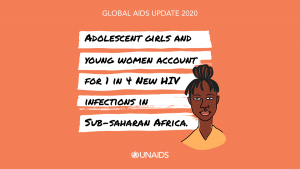 Responding to the report, Frank joined UNAIDS’ call for greater urgency to reach the millions of individuals left behind: “We call on world leaders, funders, and all those who are working to end HIV to recognise that we must fight these pandemics jointly, with a focus on peer-led and community-based solutions that put the health needs of women, girls, and children at their centre,” Frank said.
Responding to the report, Frank joined UNAIDS’ call for greater urgency to reach the millions of individuals left behind: “We call on world leaders, funders, and all those who are working to end HIV to recognise that we must fight these pandemics jointly, with a focus on peer-led and community-based solutions that put the health needs of women, girls, and children at their centre,” Frank said.
While the Report highlights a number of alarming trends and inequalities, we still believe there is reason for hope. We know first-hand the remarkable results that are possible when we prioritise solutions that truly involve and engage the communities served by training, employing, and paying women as community health workers. We are committed to playing our part in ending the HIV/AIDS pandemic by 2030, and are convinced we will continue to make a significant impact.
For more information on how m2m is supporting women, children, and adolescents in sub-Saharan Africa to access services, please explore our website or follow us on social media.
